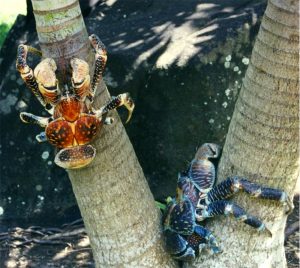
“What the heck is this!” was the reaction of one glaciologist when he first encountered glacier mice.1 Long known to researchers but still not fully understood, glacier mice might best be thought of as bundles of moss that form pearl-like around pebbles or other impurities on glacial surfaces.
Found as far afield as Alaska, Chile, and Norway, glacier mice were first described in 1951 by Icelandic meteorologist Jón Eyþórsson, who referred to them as jökla-mýs (Icelandic for “glacier mice”).2
What’s particularly curious about these “critters,” however, is that they seem to move around much more than any ordinary moss might.
From NPR:
The movement of the moss balls was peculiar. The researchers had expected that the balls would travel around randomly by rolling off their ice pedestals. The reality was different. The balls moved about an average of an inch a day in a kind of choreographed formation — like a flock of birds or a herd of wildebeests.
The researchers considered several possible explanations. The first, and most obvious one, is that they just rolled downhill. But measurements showed that the moss balls weren’t going down a slope.
“We next thought maybe the wind is sort of blowing them in consistent directions,” says Bartholomaus, “and so we measured the dominant direction of the wind.”
That didn’t explain it either, nor did the pattern of the sunlight.
“We still don’t know,” he says. “I’m still kind of baffled.”
You can listen to an 11-minute NPR story about glacier mice here:

